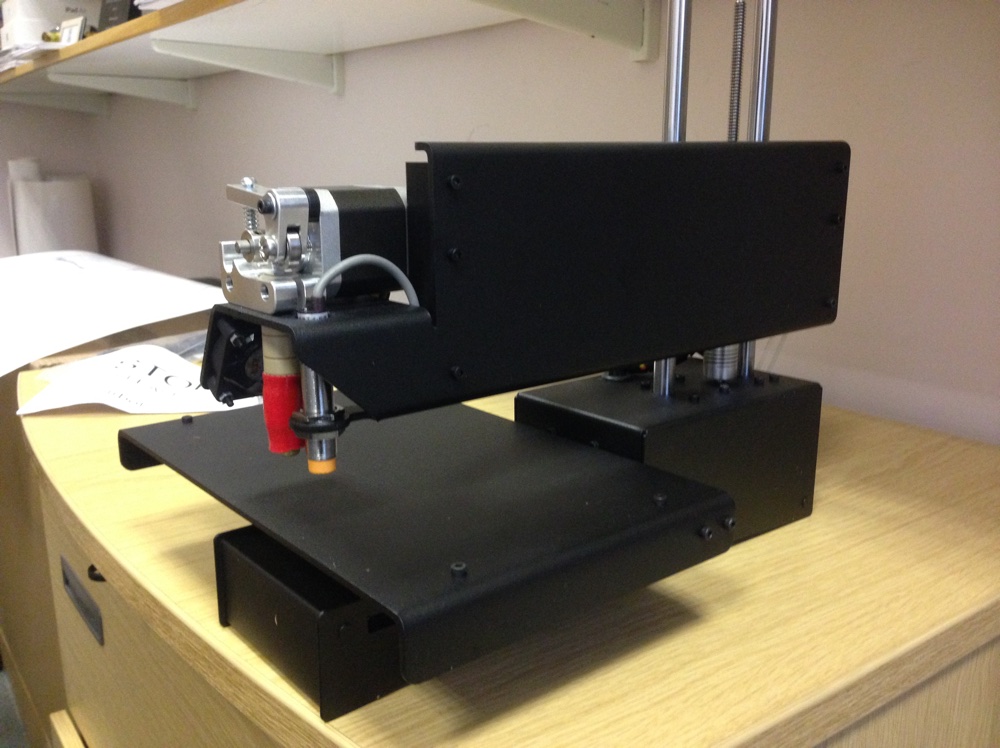
I bought a Printrbot Simple Metal 3D printer at work. We’ve got a bunch of ideas of things we’d like to do with students in anatomy, continuing with the linking virtual and physical information theme. The technology is at the stage where 3D printers can cost £500 or less, and the plastic they print with (PLA, for example, costs around £18 per kilogram). It’s pretty cheap, and it produces cheap things, cheaply. It turns stuff on your computer screen into real things. And it’s mesmerising to watch. And plays a tune (unintentionally) thanks to the constant movements of its 3 motors. This also fits with our idea of making technology available for all teachers to use in teaching, not just the ubergeeks.
When you have a 3D printer you realise how much you can do with it. I’ve been printing Christmas decorations to help improve the adhesion of the first layer of PLA to the print bed, and Kim will never have to buy another cookie cutter or mould. Just pop to Tinkercad, work through the tutorials and design some cookie cutters in any shape you want. Download, print, bake.
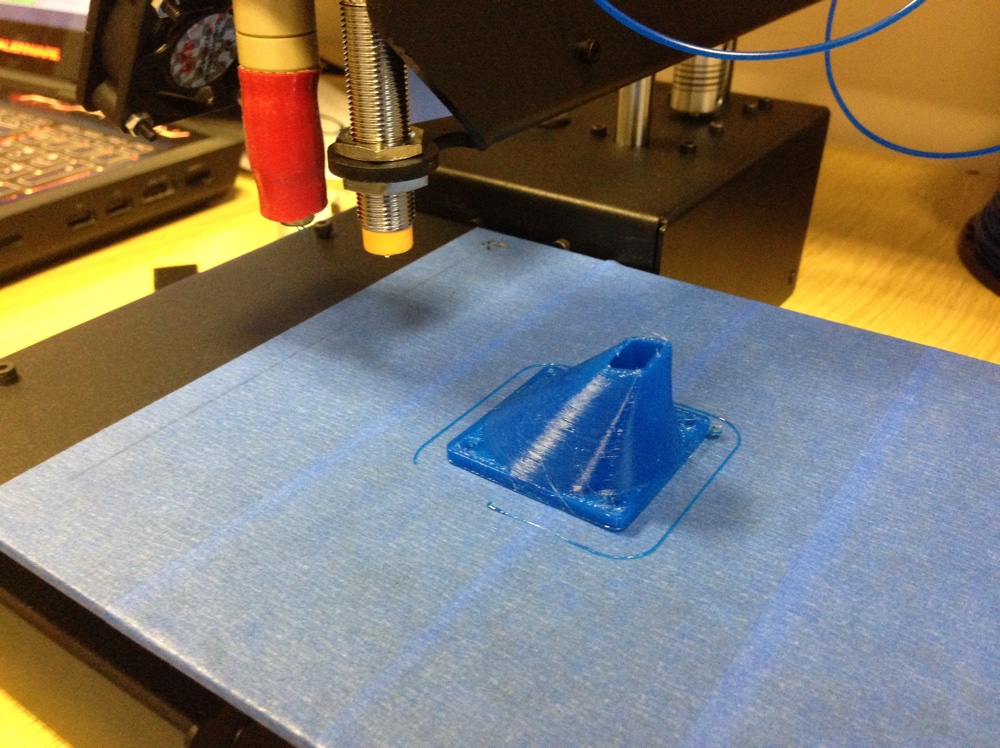
The Printrbot has been a good printer, and I love that the first thing you have to print is a shroud for the fan to direct air onto the extruded plastic. It’s an easy print, you work through the learning curve of your first print straight away, and the Printrbot website prepares you well with a bunch of tutorials.
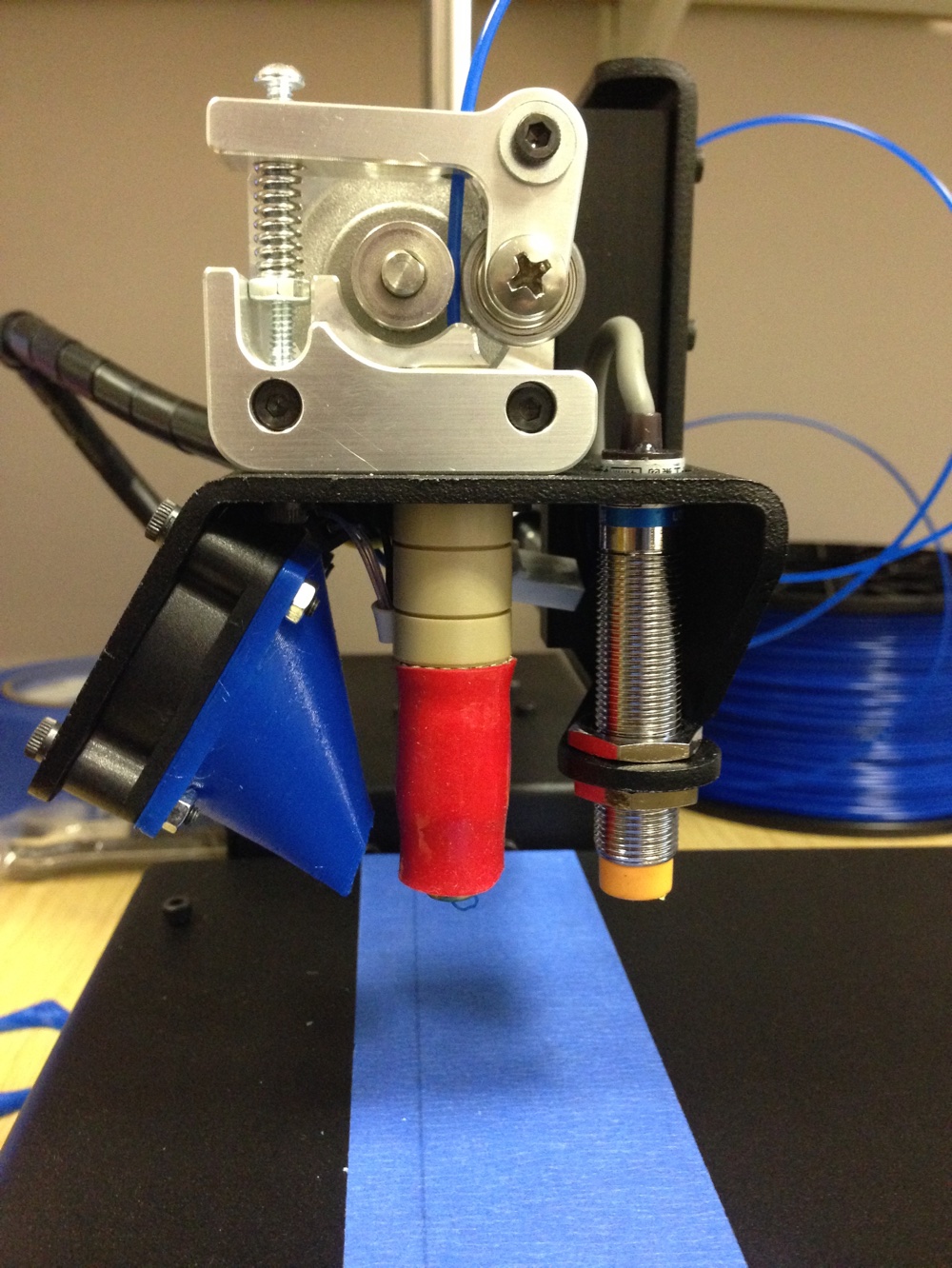
3D printing has led a shift in design with people designing things not only to serve a purpose or because they’re nice, but also to print well. 3D printers need to print from the ground up, and they can cope with overhanging structures with temporary supports, but it’s much easier if the print has a nice wide base to stick well to the bed and then new structure is layered upon it. Some of the first things to print should be these designs.
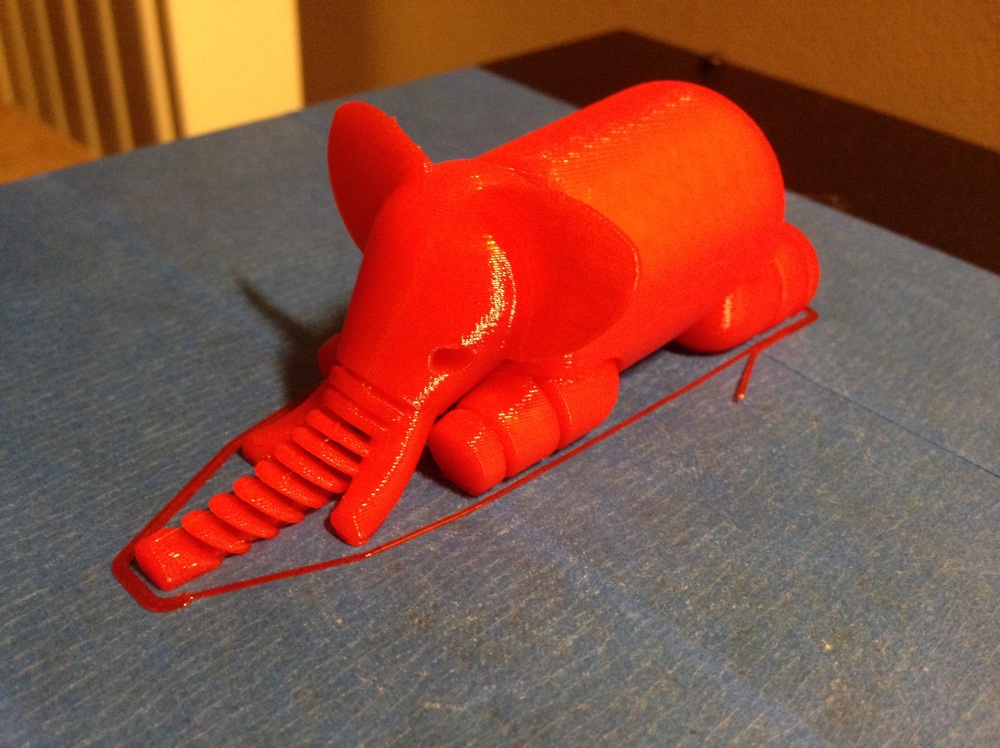
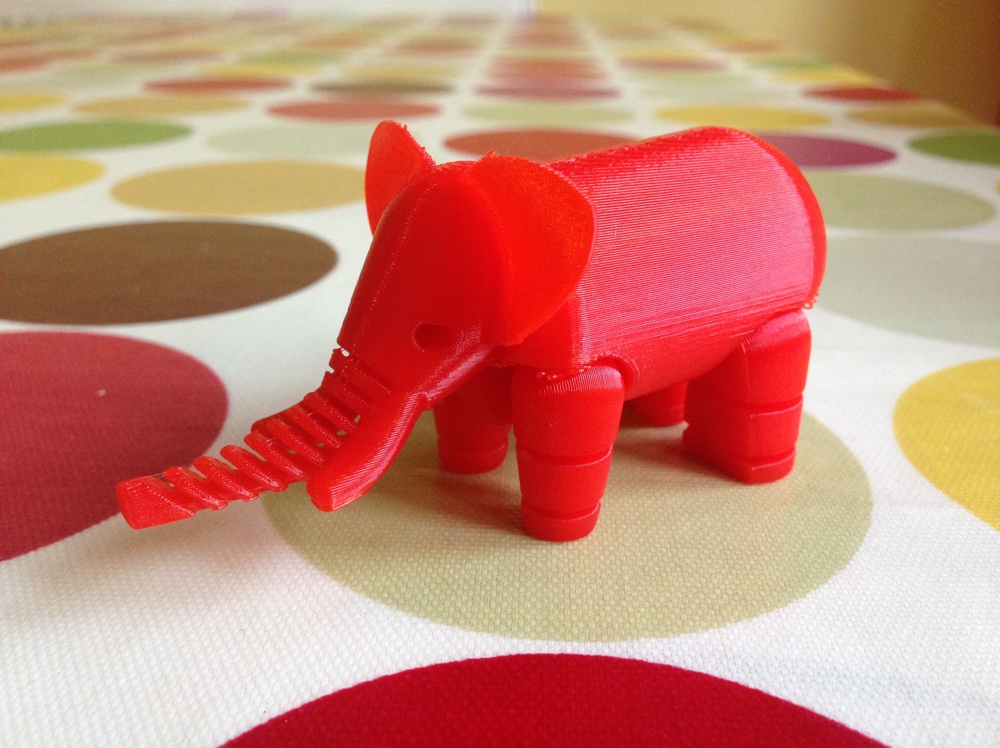
Like this elephant.
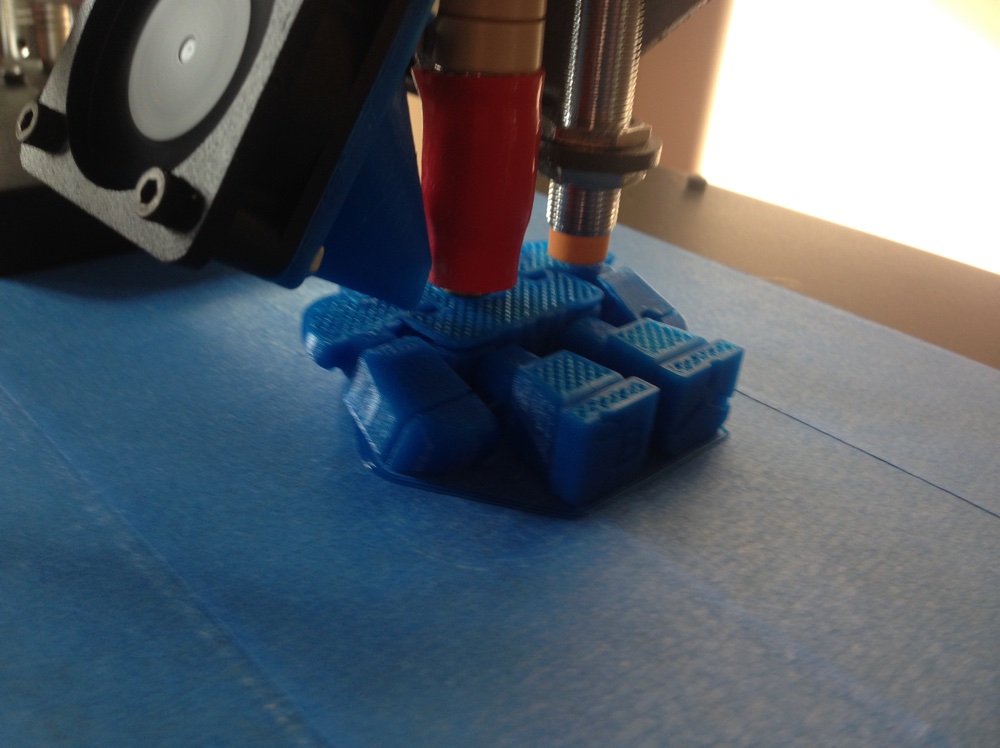
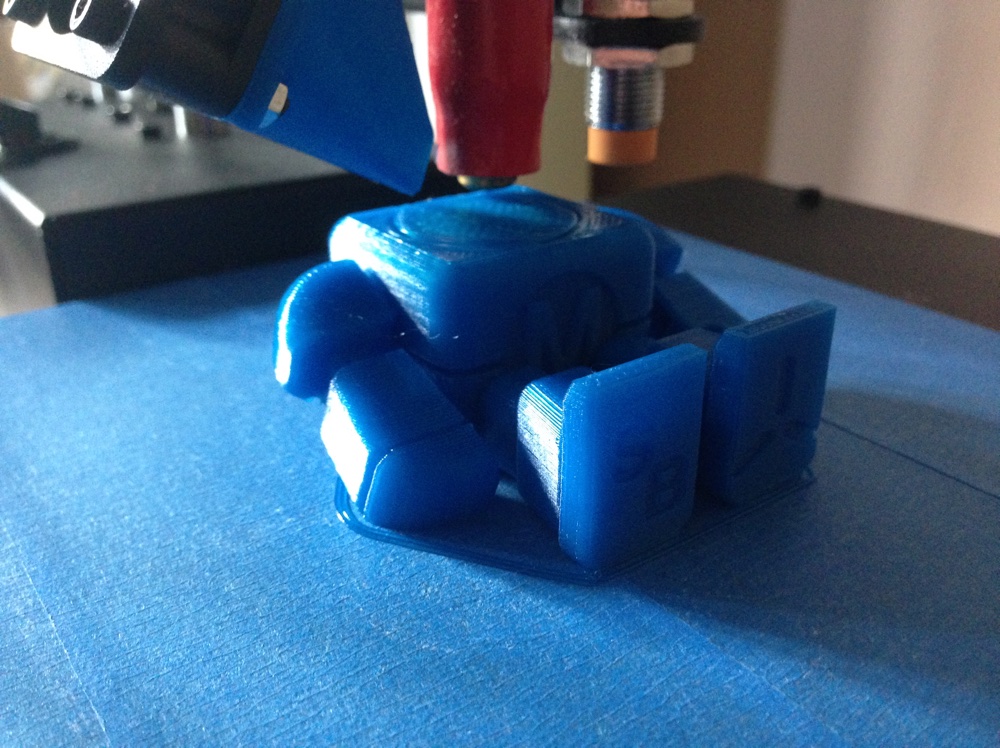
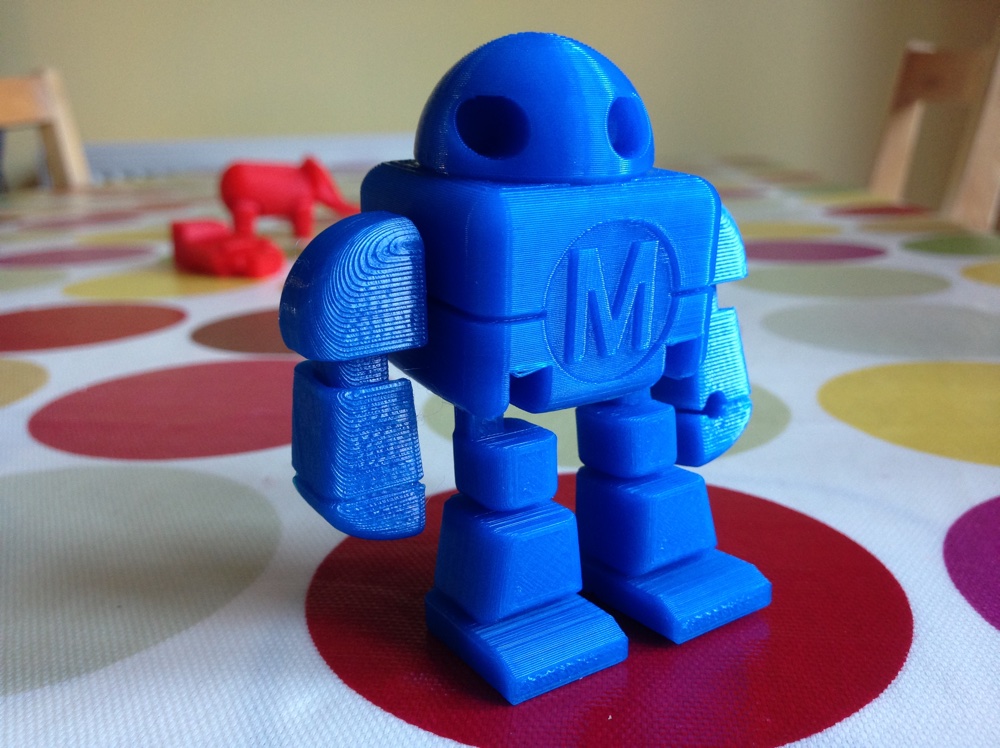
And this robot. I must print more robots.
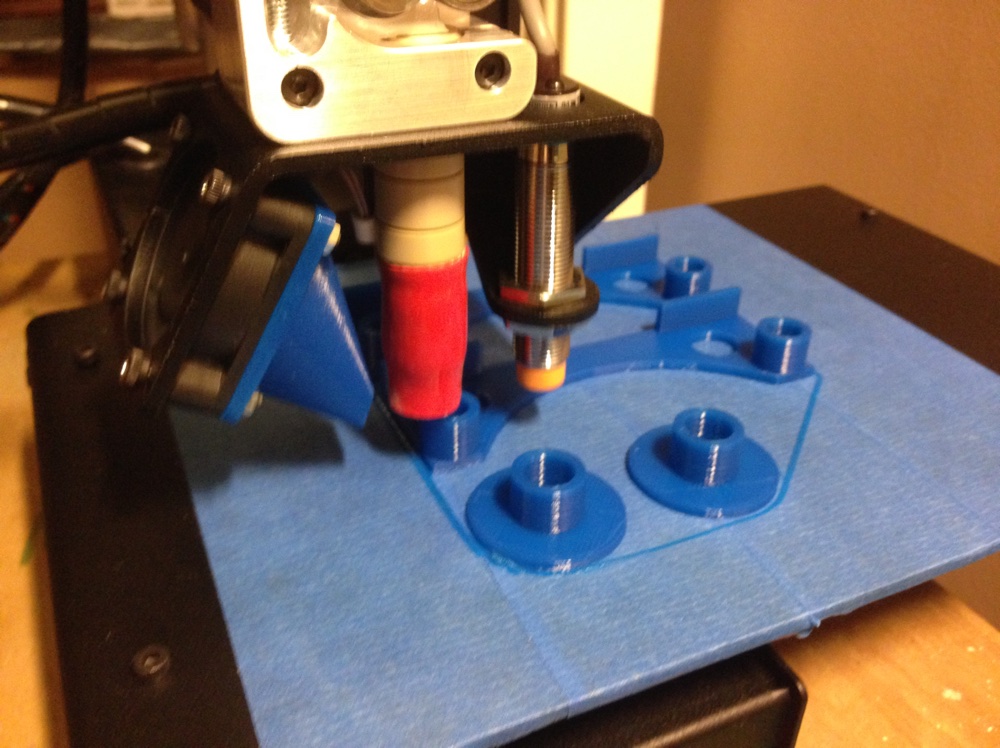
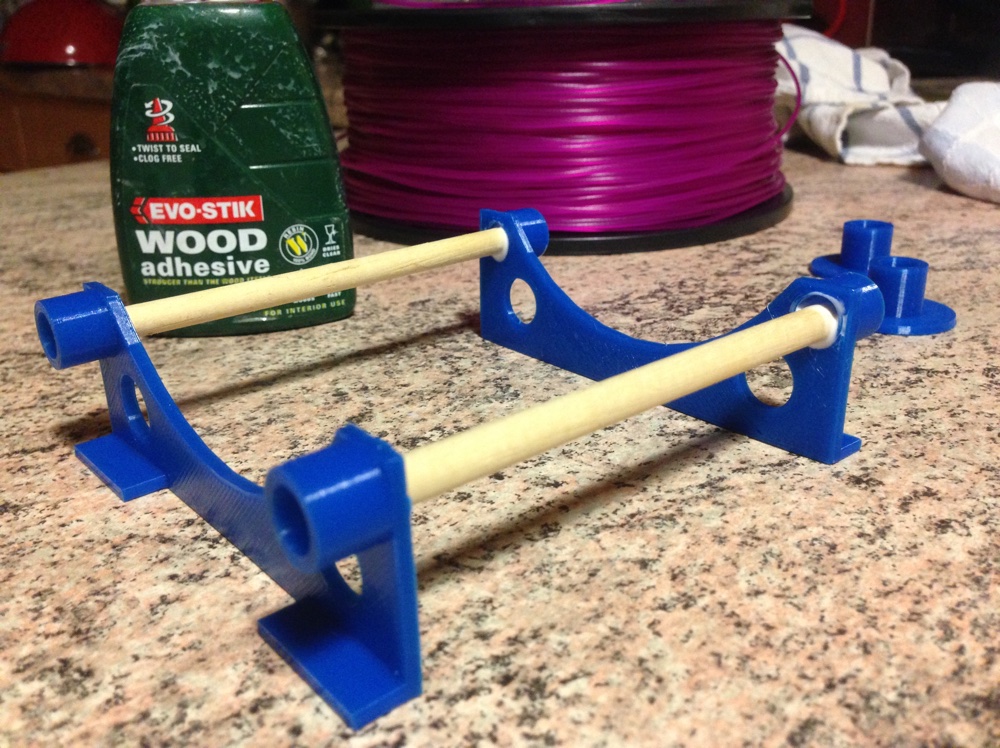
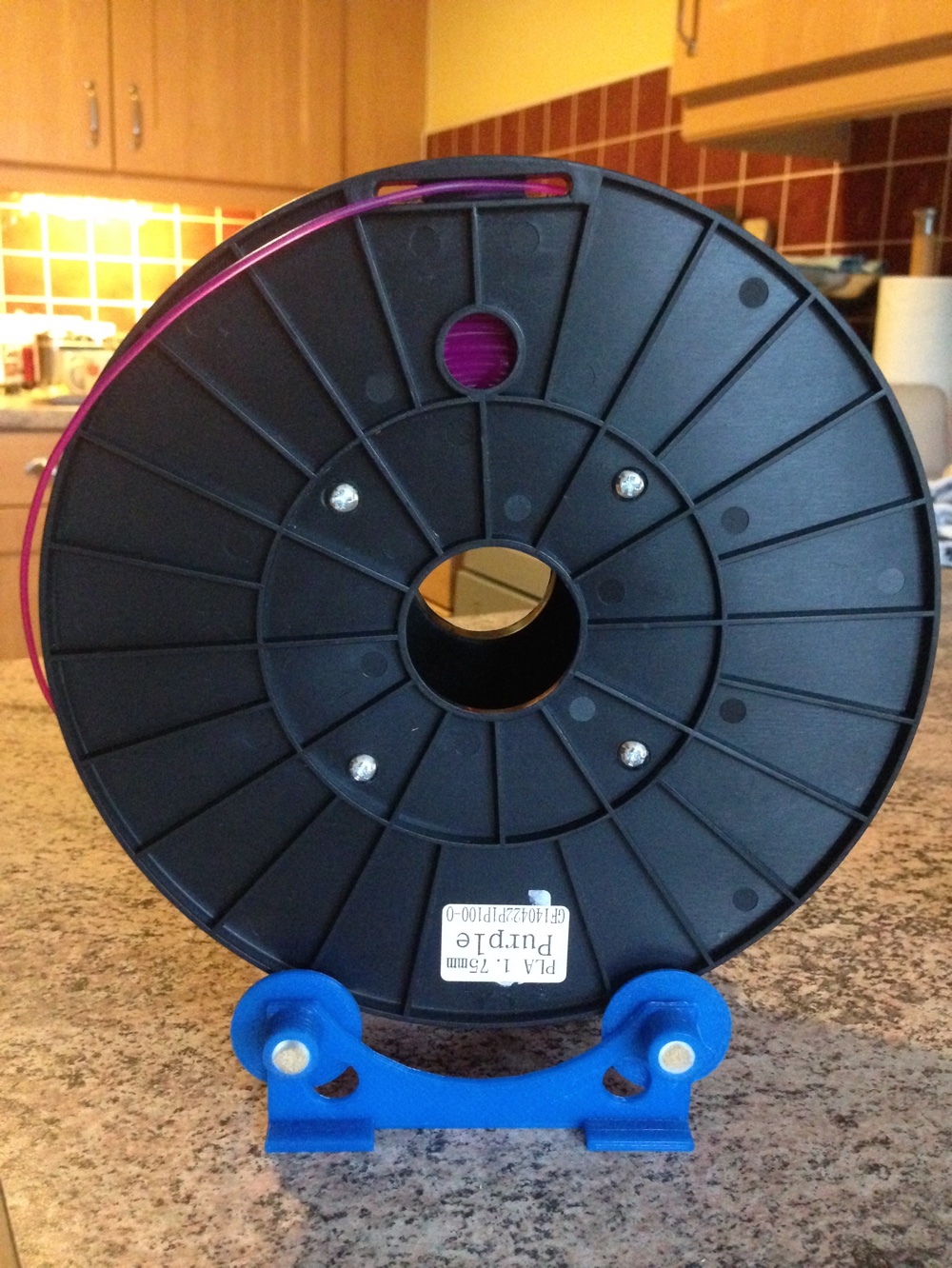
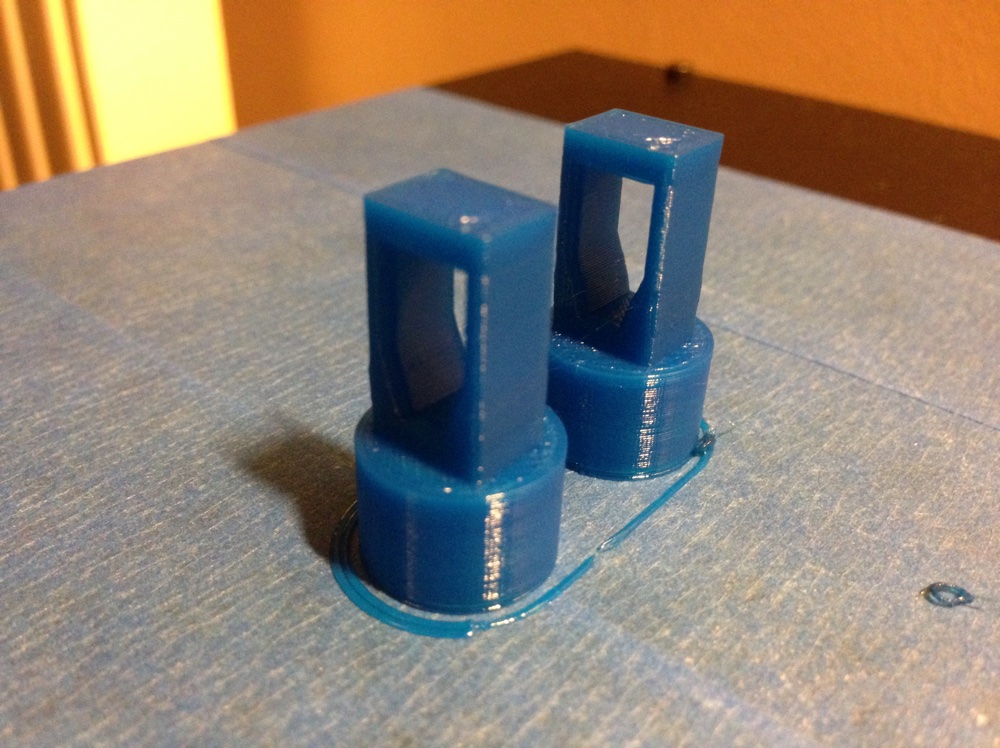
Things for making printing easier too. Mixing materials and adding glue expands what you can make.
Printing biological structures can be a lot harder. There’s a huge amount of 3D data available, from the visible human project to DICOM data and all the sources in between. The data does take a bit of finagling but nothing that can’t be fixed by putting things together in Tinkercad or one of the Autodesk 123D apps (you can even do this stuff on your iPad) and running it through the netfabb & Microsoft’s free tool to make it watertight and ready to print. There are also some models that are pretty much ready to print, and learning about brims and supports is helpful.
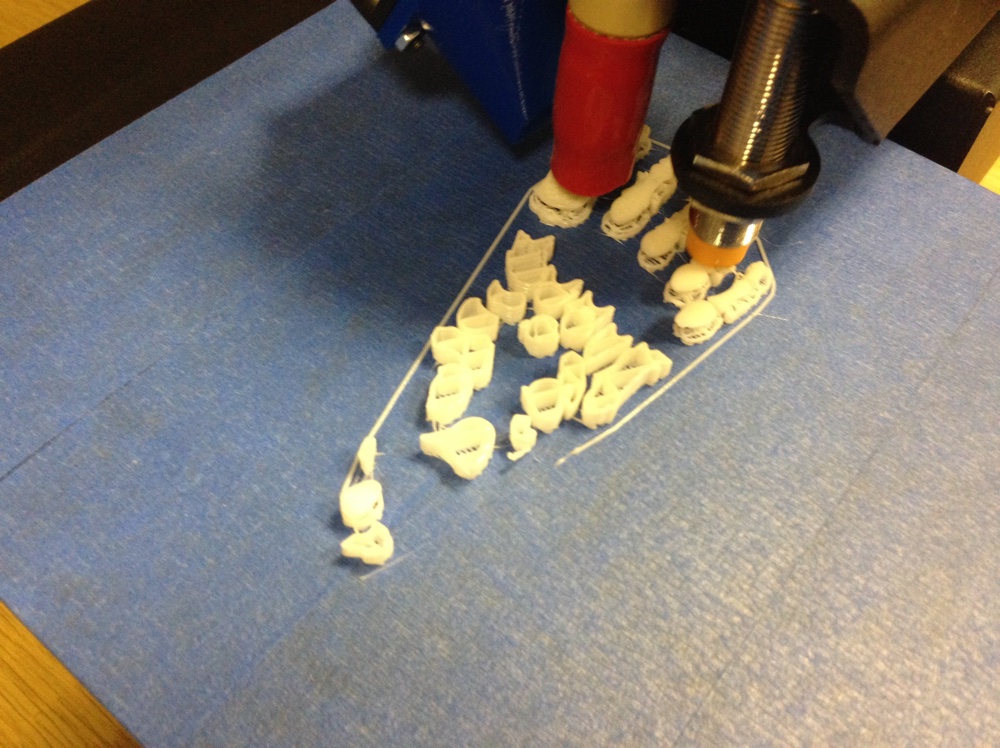
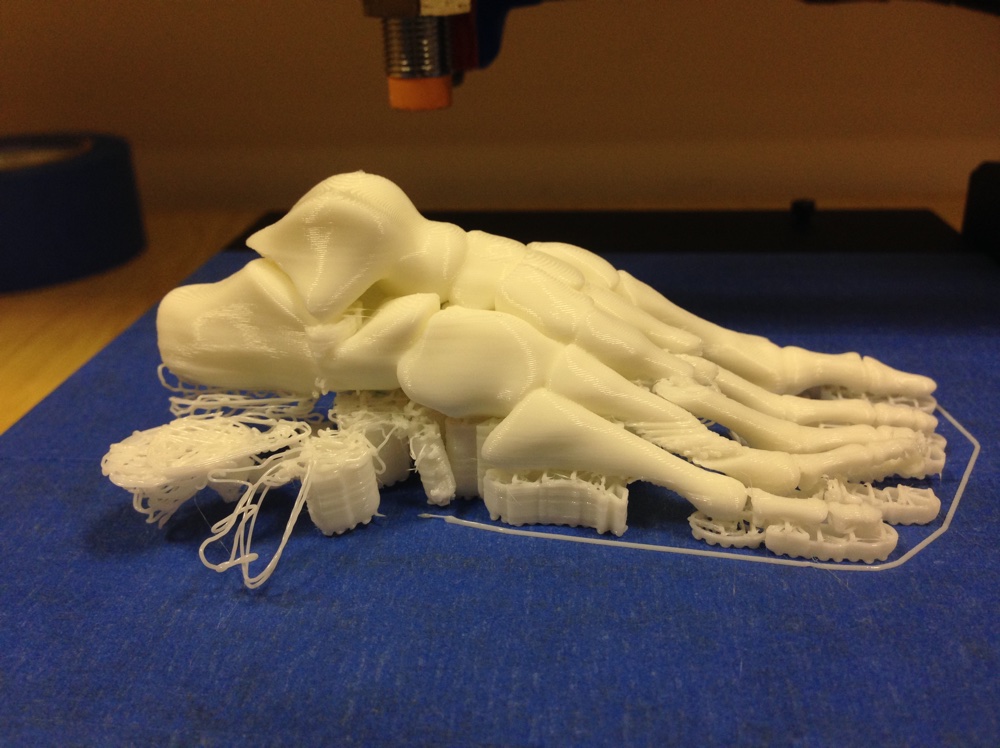
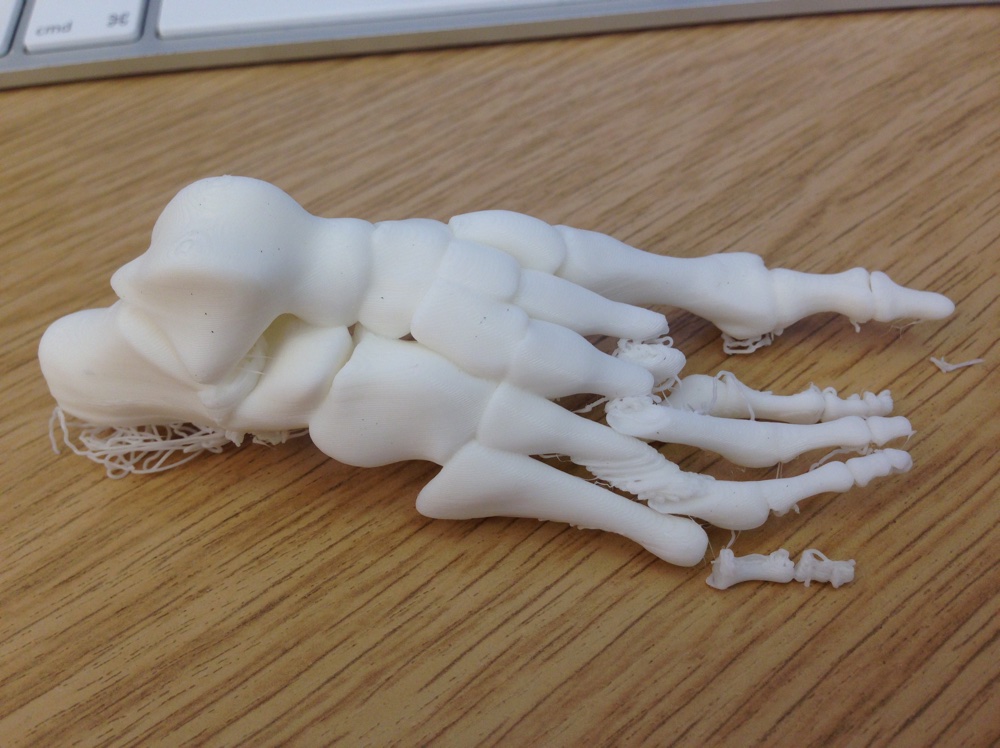
Still struggling with this one and I’ve been editing the 3D file to help. Some of the supports aren’t adhering well to the bed either, so I’ve been tweaking that with a bit of acetone and emery paper to the blue tape.
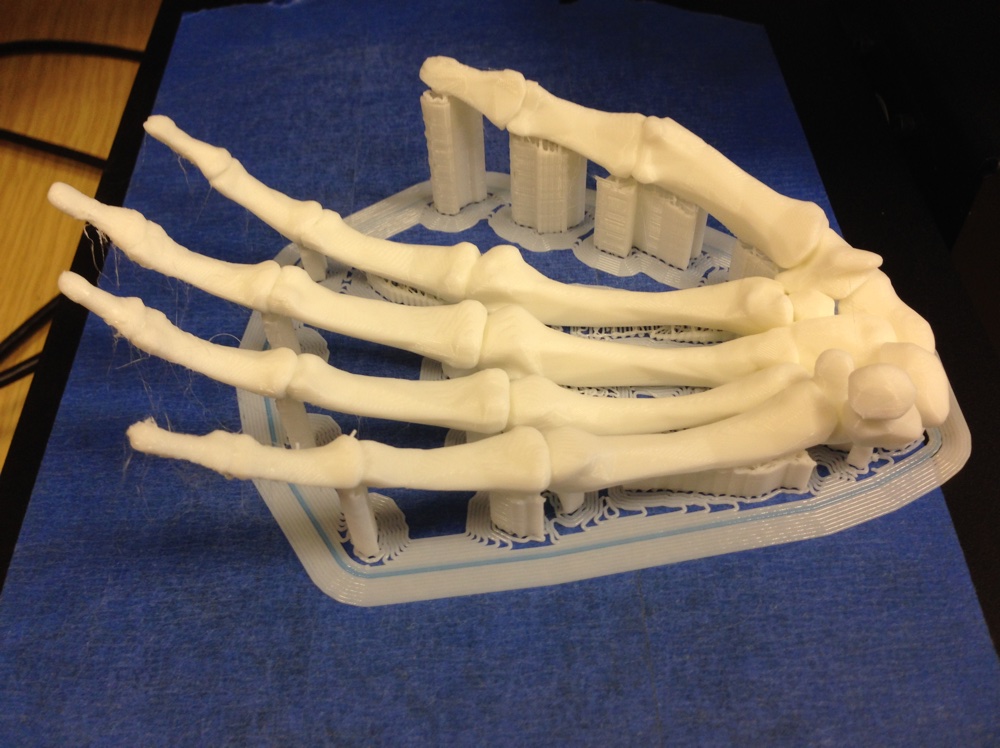
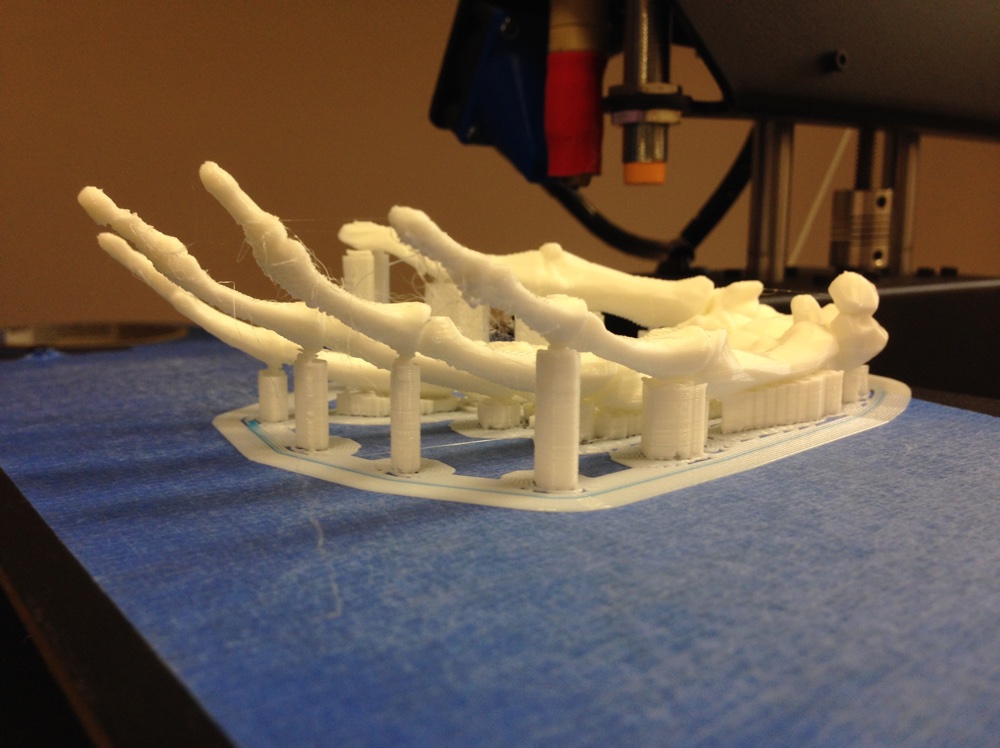
But this hand prints pretty well. The phalanges have a bit of sagging and the posterior surfaces of the metacarpals are a little rough. I’m tweaking the gcode on this too.
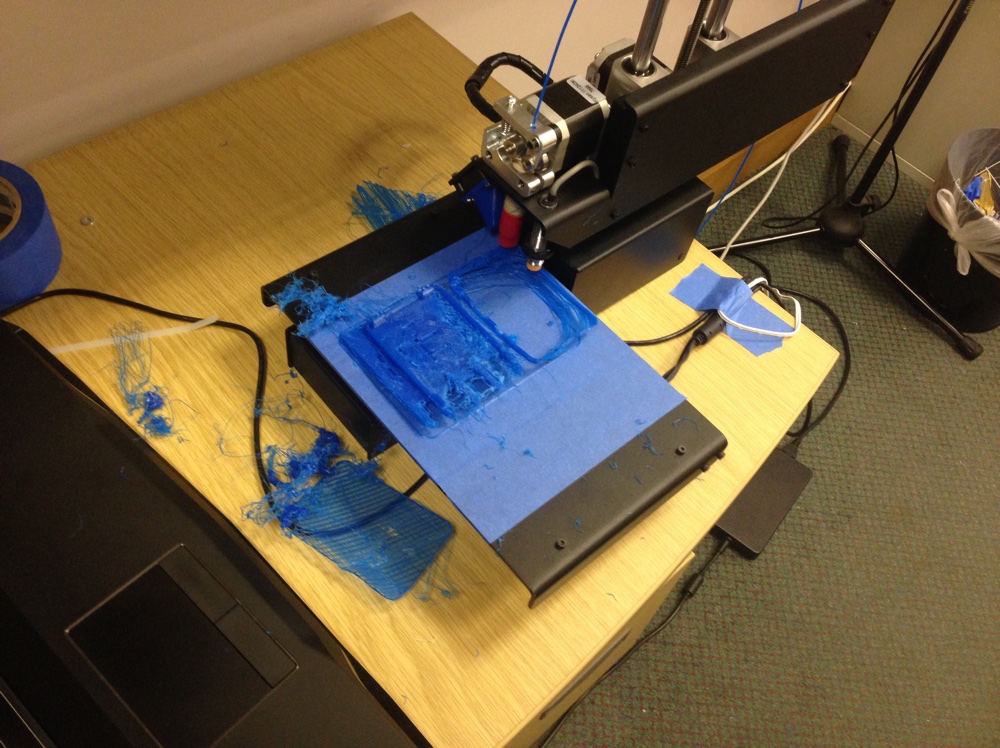
It doesn’t always go to plan. But it’s good fun, and this printer always seems to be running. It’s always putting out something yet I’m really not getting through the PLA very quickly. A lot of ideas and solutions appear when you can manufacture custom parts easily and tweak them easily. We should get some anatomy related projects running in the new year with some stuff from this.